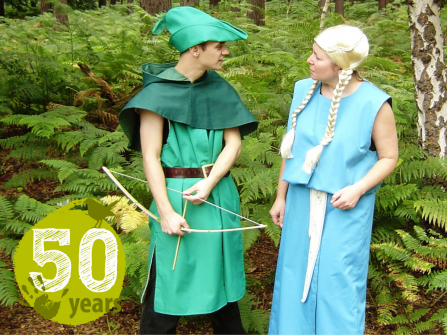Out in the industrial edgelands to the north of Didcot lies one of Berkshire, Buckinghamshire & Oxfordshire’s (BBOWT) most unlikely nature reserves. Hidden amongst looming warehouses and supermarket distribution depots, Sutton Courtenay Environmental Education Centre (SCEEC) is a vital urban wilderness providing a welcome refuge for a wealth of birds, animals and plants.
During the many hours I have spent at SCEEC I have observed peregrine falcons scything the sky, scattering gulls and crows like shrapnel, and orange-tip butterflies depositing eggs on the delicate cuckooflowers that line the paths in late spring. One night we watched spellbound as a grass snake wrestled a writhing frog down its gaping maw. I’ve watched kestrels and sparrowhawks hunt and great crested newts float suspended in the crystal clear water of the pond like prehistoric fossils trapped in amber.
The site is also home to one of BBOWT’s five environmental education centres, which offers a highly regarded programme of hands-on exploration and discovery, and provides the perfect introduction to outdoor learning where children can develop their understanding and love of the natural world.
The natural abundance found here is a testament to the adaptability, tenacity and resourcefulness of the natural world. It is all the more remarkable given the history of the site and a potent example of how nature can recover if given a chance.



